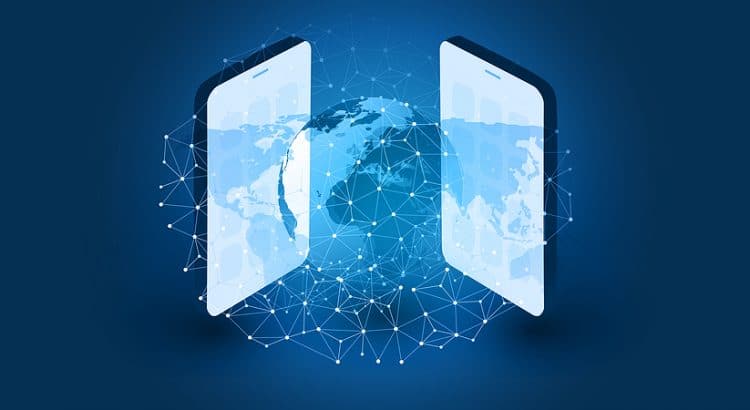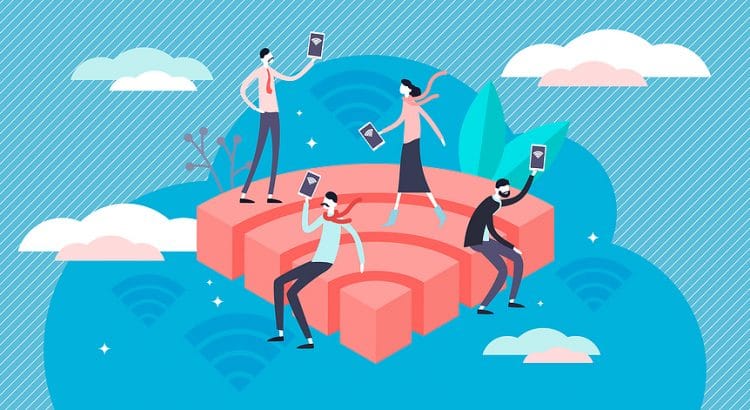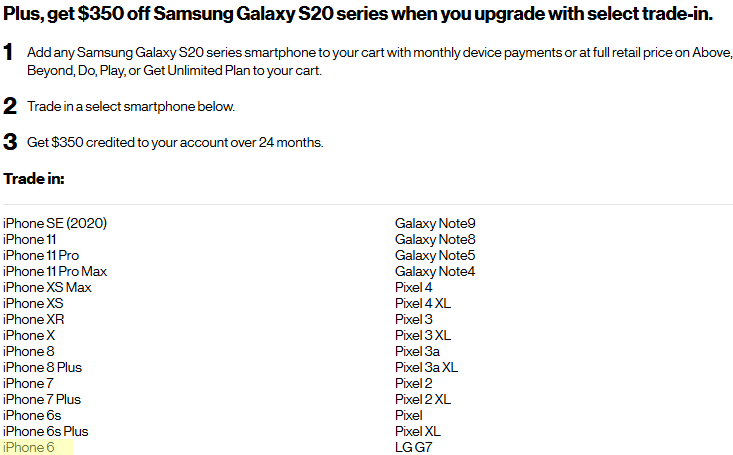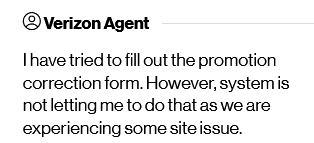It’s common for cell phone plans to include limits on mobile hotspot data that are separate from limits on overall data use limit. E.g.,
- Verizon’s Get More Unlimited offers unlimited regular data but caps mobile hotspot use at 30GB.
- One of Mint Mobile’s plans comes with 35GB of regular data but caps mobile hotspot use at 5GB.
Recently, a Reddit user was confused about Mint’s policy and asked:
Here’s how I responded:
Even though Mint allows 35GB of use, it knows the vast majority of subscribers won’t use that much data. If all subscribers used their full allotments, the plan would be much less profitable for Mint.
By restricting hotspot use, Mint reduces data use and (more importantly) dissuades some very heavy data users from ordering the plan in the first place.















